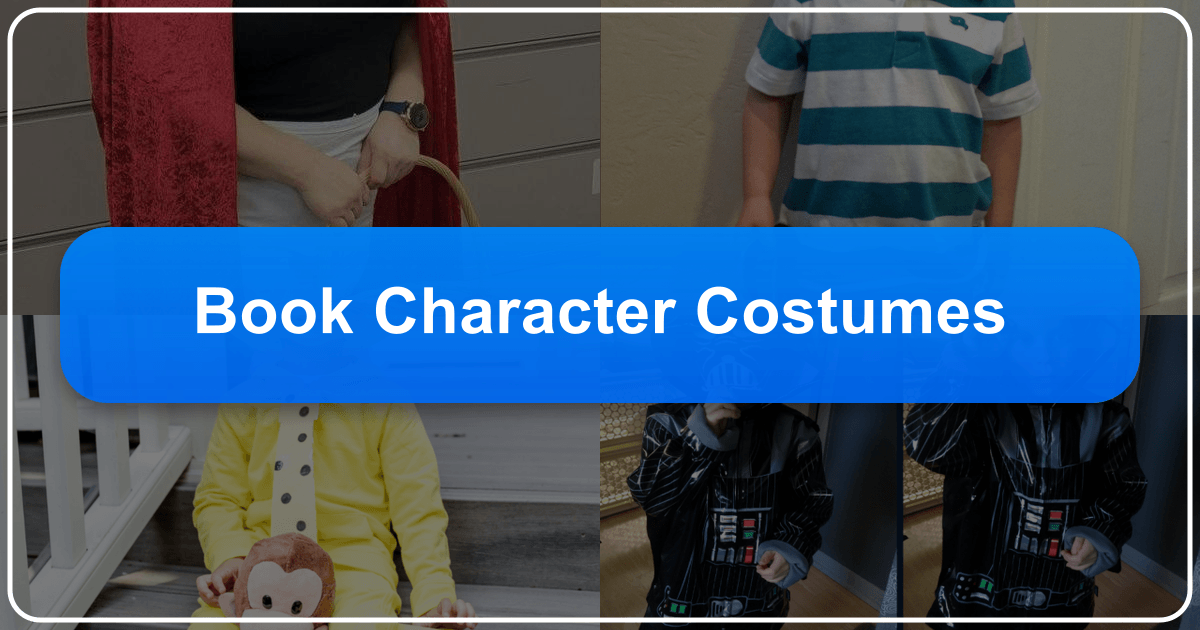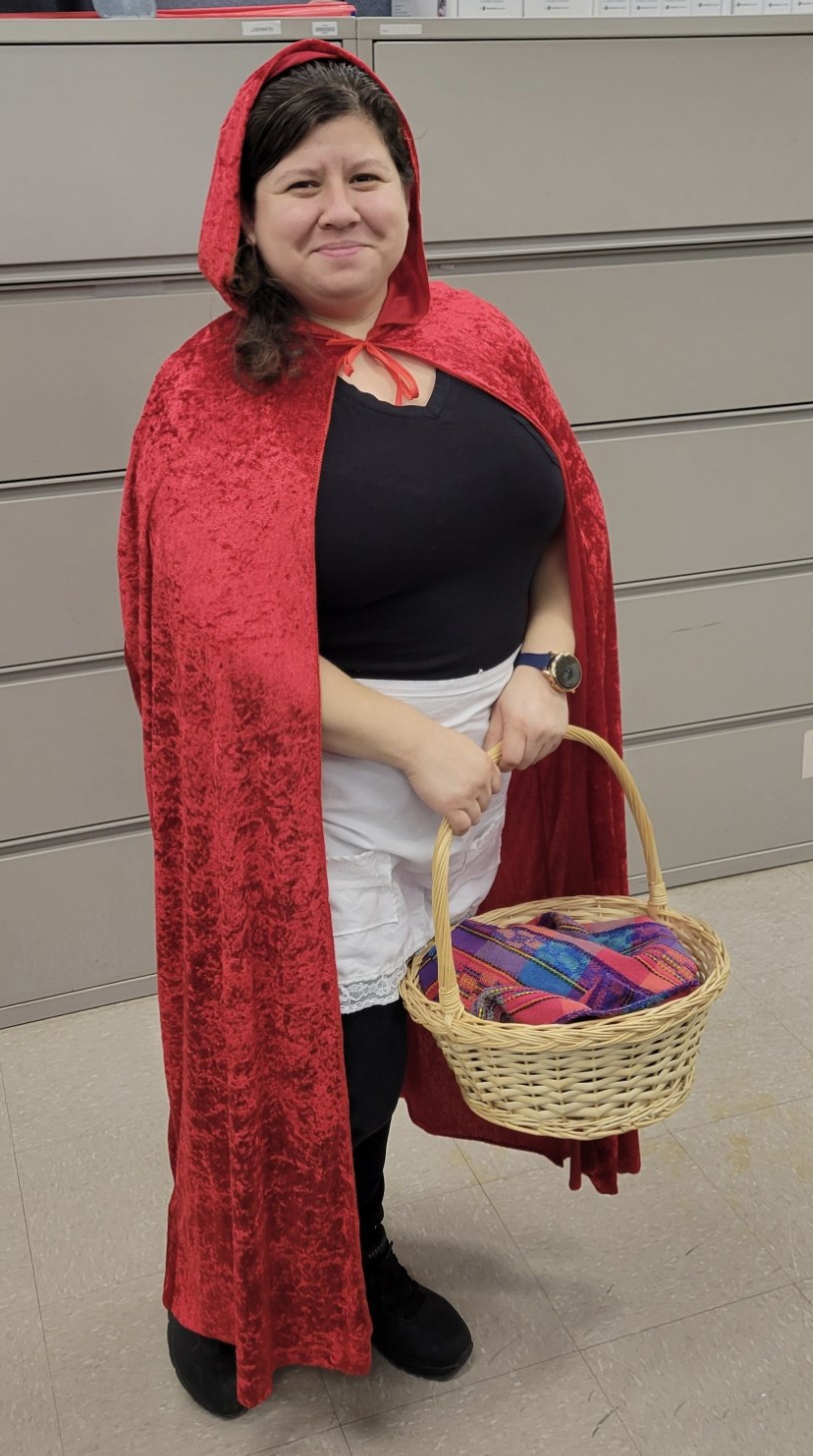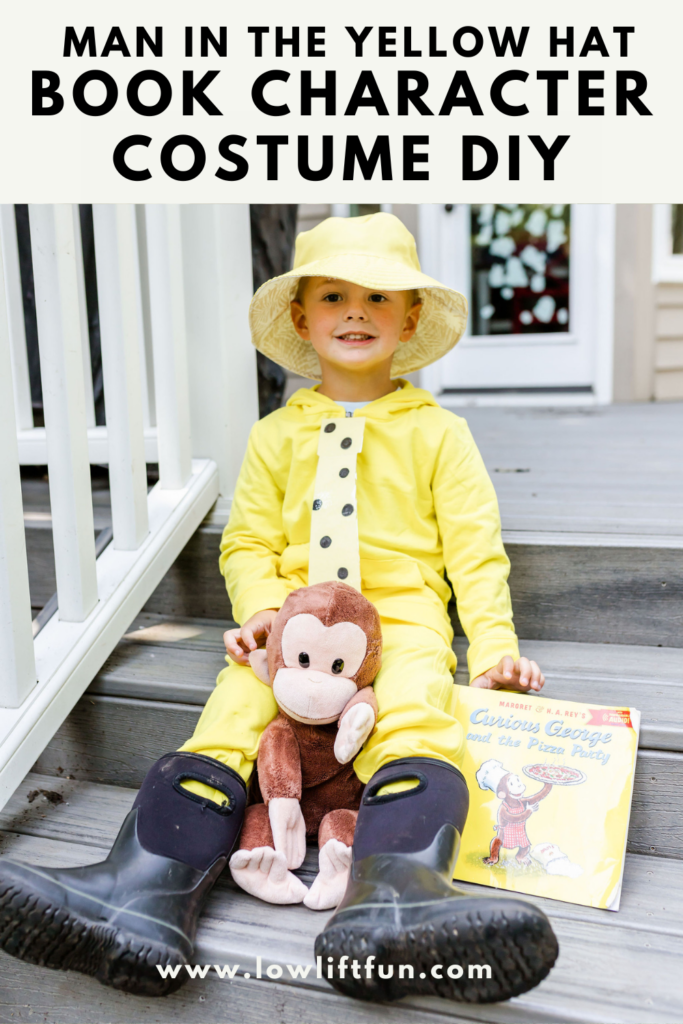Book Character Costumes: A Literary Celebration of Halloween and Beyond

Book Character costumes offer a unique and creative way to celebrate Halloween, Book Week, or any occasion that calls for imaginative dress-up. These costumes allow individuals to embody their favorite literary characters, transforming themselves into beloved heroes, quirky sidekicks, or even mischievous villains. The possibilities are as limitless as the world of literature itself. This exploration will delve into various aspects of book character costumes, from the simplest DIY creations to more elaborate ensembles, drawing inspiration from classic literature, modern bestsellers, and beloved children’s books. We will also examine the educational and cultural impact of these costumes, showing how they can enhance literacy, promote creativity, and foster a deeper appreciation for storytelling.
The Allure of Book Character Costumes: Festive, Literary, and Playful
Book character costumes resonate with people of all ages. For children, dressing up as a favorite character from a cherished book can be a thrilling experience, bringing their reading adventures to life. It’s a powerful way to connect with stories on a personal level, strengthening their love of reading and fostering a deeper understanding of the narrative. Preschoolers, in particular, benefit from the imaginative play and social interaction these costumes encourage.

For adults, embracing a book character costume provides a fun and engaging way to revisit cherished childhood memories, or to express their appreciation for a favorite author or literary work. It’s a chance to engage in playful self-expression, often sparking conversation and shared enthusiasm among fellow book lovers. Furthermore, book character costumes can be a fantastic tool for teachers, creating interactive learning experiences and sparking students’ interest in literature.
DIY Book Character Costumes: Simple Creations with Big Impact

One of the most appealing aspects of book character costumes is their adaptability to DIY projects. Many costumes can be crafted using readily available materials and simple techniques, requiring no specialized sewing skills. This accessibility makes it possible for individuals with limited time or resources to create unique and memorable costumes.
A prime example is the “Man in the Yellow Hat” costume from the Curious George series. This costume requires only yellow pants and a sweatshirt as a base, and can be enhanced with simple accessories such as a hand-drawn and laminated tie, a yellow hat, and black boots. This approach promotes an environmentally friendly approach to costuming, repurposing existing clothes instead of buying single-use items.

Easy DIY Costume Ideas: From Classic Tales to Modern Favorites
The simplicity of DIY book character costumes extends to a vast range of characters. From beloved children’s book characters like Paddington Bear (a blue raincoat, red boots, and hat), Raggedy Ann (a red yarn wig and playful accessories), or the mischievous Pinocchio (lederhosen, vest, and pointed hat), to more intricate characters like Coraline (yellow raincoat, blue wig, and buttons), the possibilities are extensive.
The appeal of DIY extends to characters from classic novels, like the elegant figures of Mr. Darcy and Elizabeth Bennet from Pride and Prejudice, or the more modern and whimsical Fantastic Mr. Fox. These costumes can become family or group projects, fostering bonding and creative collaboration.
Beyond DIY: Sourcing and Adapting Book Character Costumes
While DIY offers a personalized and cost-effective approach, pre-made costumes are readily available online and in stores. Many retailers offer costumes based on popular book characters, catering to a wide range of ages and preferences. These options can be especially useful for those with limited crafting skills or time constraints.
However, even pre-made costumes can be personalized and enhanced. Simple additions like props, accessories, or makeup can transform a generic costume into a truly unique and character-specific ensemble.
The Educational and Cultural Impact of Book Character Costumes
The impact of book character costumes extends beyond mere entertainment. They serve as a powerful educational tool, reinforcing literacy skills and fostering a deeper understanding of storytelling.
Enhancing Literacy and Imagination: Lessons Learned Through Dress-Up
For children, embodying a character helps them connect with the story on a more profound level. It encourages imaginative play, allowing them to explore the character’s personality, motivations, and relationships within the narrative. This immersive experience can significantly improve their reading comprehension and vocabulary.
Teachers can leverage book character costumes to create engaging classroom activities, such as role-playing scenes from the book, retelling the story from different character perspectives, or writing creative extensions to the narrative. This interactive approach can transform the learning experience, making it fun, memorable, and more effective.
Celebrating Literary Heritage and Promoting Reading Communities
Book character costumes also serve to celebrate literary heritage and foster a sense of community among book lovers. The choice of character often reflects personal preferences and connections to specific works of literature, allowing individuals to share their literary passions with others.
Furthermore, events like Book Week parades and Halloween parties provide opportunities for individuals to showcase their costumes, generating discussions about favorite books, authors, and storylines. This shared experience fosters a collective appreciation for literature and builds stronger communities around a love of reading. The act of creating and wearing a book character costume becomes a statement of individual identity and shared cultural experience, reflecting the enduring power and influence of literature on society. From the simplest DIY project to the most elaborate ensemble, book character costumes serve as a creative and meaningful way to celebrate literature and the worlds it creates.